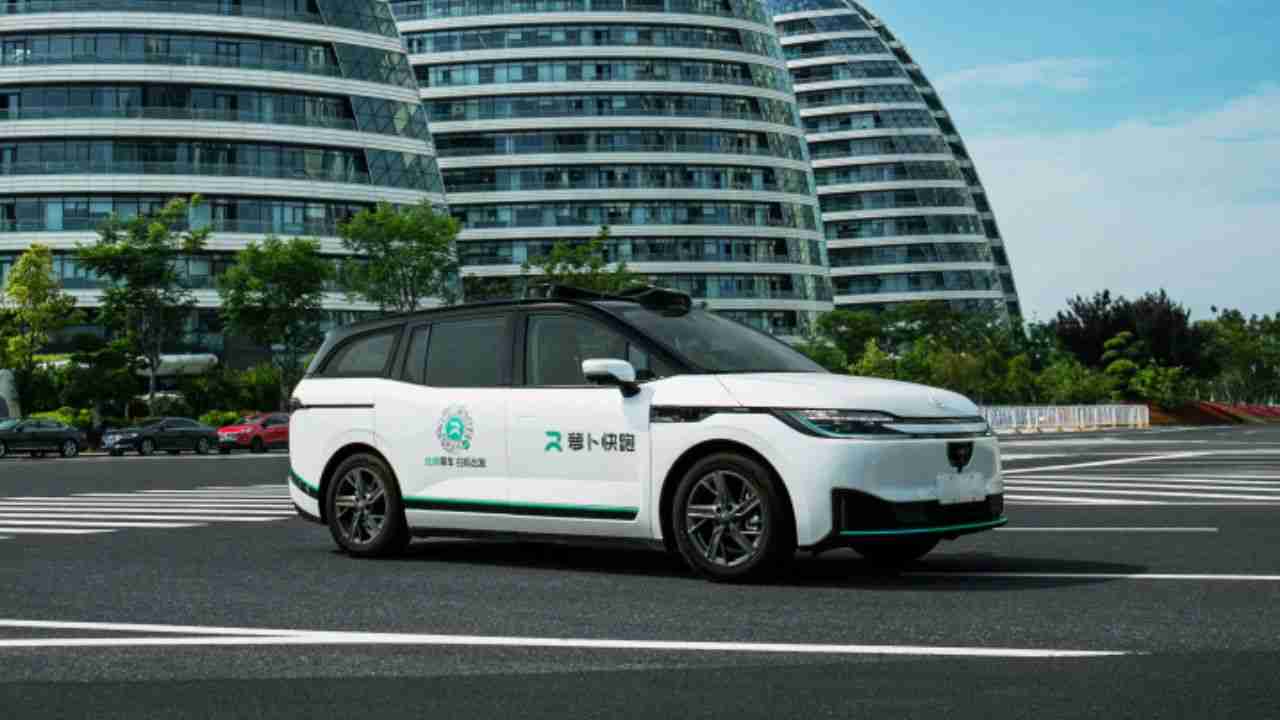Strategic Partnership Between Uber and Baidu
Uber and Baidu have announced a significant strategic partnership aimed at expanding the reach of Apollo Go robotaxis to countries beyond the United States and mainland China. This initiative is expected to launch later this year, with an initial focus on several regions in Asia and the Middle East. The collaboration brings together Uber’s extensive global platform with Baidu’s autonomous fleet, which currently includes over 1,000 vehicles.
This agreement represents another step forward for Uber in the autonomous transport market, a sector that demands both technological innovation and regulatory solutions for growth. Uber has already established partnerships with various players in the industry, including Waymo, Pony AI, and May Mobility. These collaborations are essential for navigating the complex landscape of self-driving technology.
Baidu, on the other hand, operates Apollo Go in 15 cities across China and has completed over 11 million rides using its autonomous vehicles. The company’s experience in deploying self-driving technology provides a strong foundation for this new international venture.
How the Service Will Work
Initially, Uber users in the target regions will not be able to directly request a robotaxi. Instead, they may be matched with an Apollo Go autonomous vehicle based on availability. This model has been successfully implemented in previous collaborations between companies, demonstrating its potential for scalability and efficiency.
The expansion of Apollo Go technology outside of China marks a significant milestone in the internationalization of autonomous driving, according to Baidu CEO Robin Li. This move highlights the growing interest in self-driving technology worldwide and the potential for it to become a mainstream transportation solution.
Potential Impact and Future Prospects
The partnership between Uber and Baidu could have far-reaching implications for the future of transportation. By combining their respective strengths, the two companies aim to create a more accessible and efficient autonomous ride-hailing service. This could lead to reduced costs, improved safety, and increased convenience for users.
Moreover, the collaboration may encourage other tech companies and automotive manufacturers to explore similar partnerships, fostering a more competitive and innovative environment in the autonomous vehicle space. As the technology continues to evolve, the role of regulatory frameworks and public acceptance will also play a crucial part in determining the success of these initiatives.
Challenges Ahead
Despite the promising prospects, there are several challenges that both Uber and Baidu must address. One of the primary concerns is ensuring the safety and reliability of autonomous vehicles in different environments. Each region may present unique challenges, such as varying road conditions, weather patterns, and traffic regulations.
Additionally, the integration of autonomous vehicles into existing transportation networks requires careful planning and coordination. This includes working closely with local authorities to establish clear guidelines and standards for the deployment of self-driving technology.
Another challenge is building consumer trust in autonomous vehicles. While the technology has advanced significantly, many people remain skeptical about its safety and effectiveness. Addressing these concerns through transparent communication and rigorous testing will be essential for widespread adoption.
Conclusion
The partnership between Uber and Baidu signifies a major step towards the global expansion of autonomous driving technology. By leveraging their combined expertise and resources, the two companies are well-positioned to make a meaningful impact in the transportation industry. As they navigate the challenges ahead, their success could pave the way for a future where self-driving vehicles become a common sight on roads around the world.






